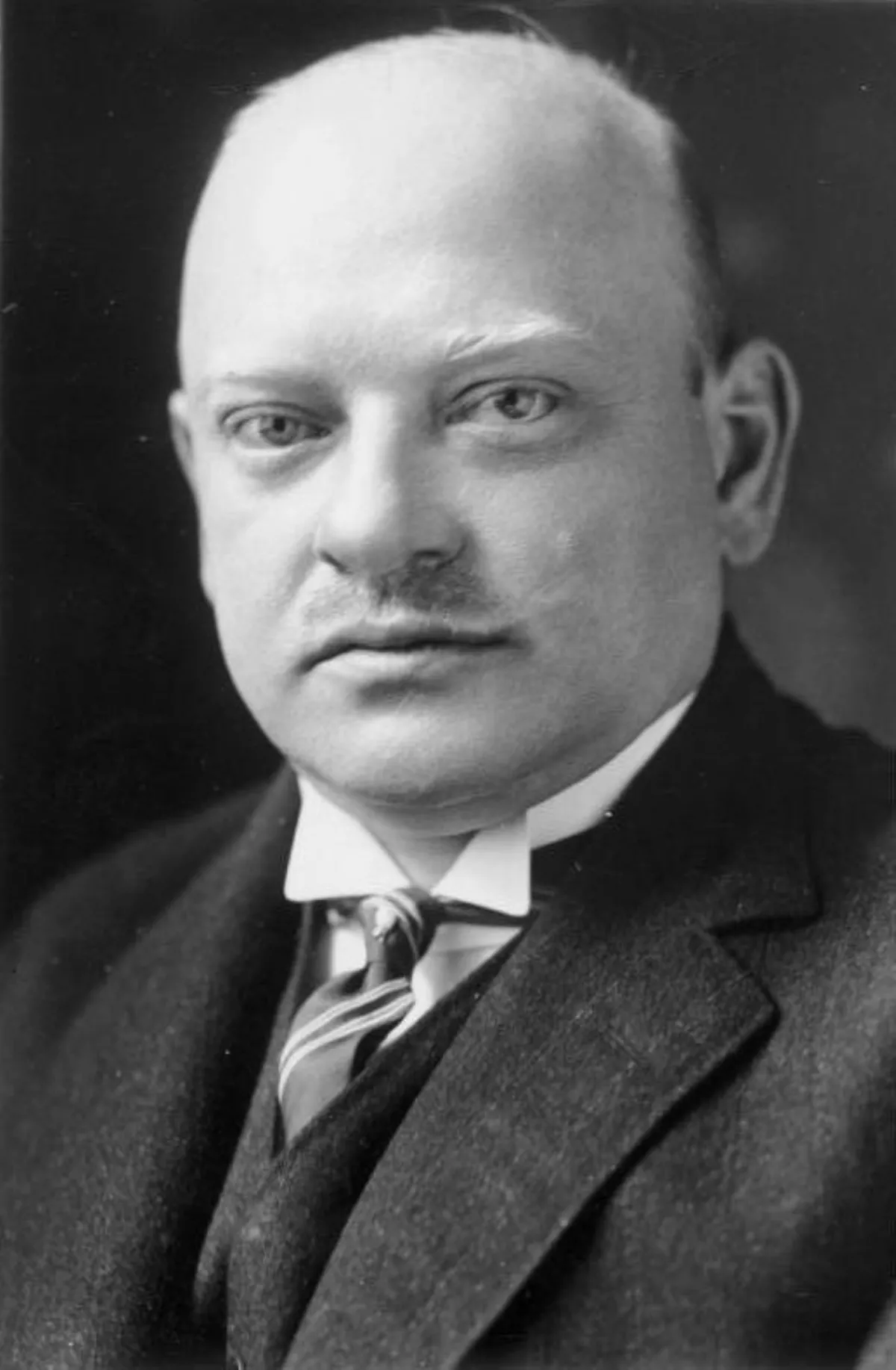 1.
1. Gustav Stresemann attended the University of Berlin and Leipzig University, where he studied political economy, history and international law and developed his vision of liberalism and nationalism, a combination of views that would define his political career.